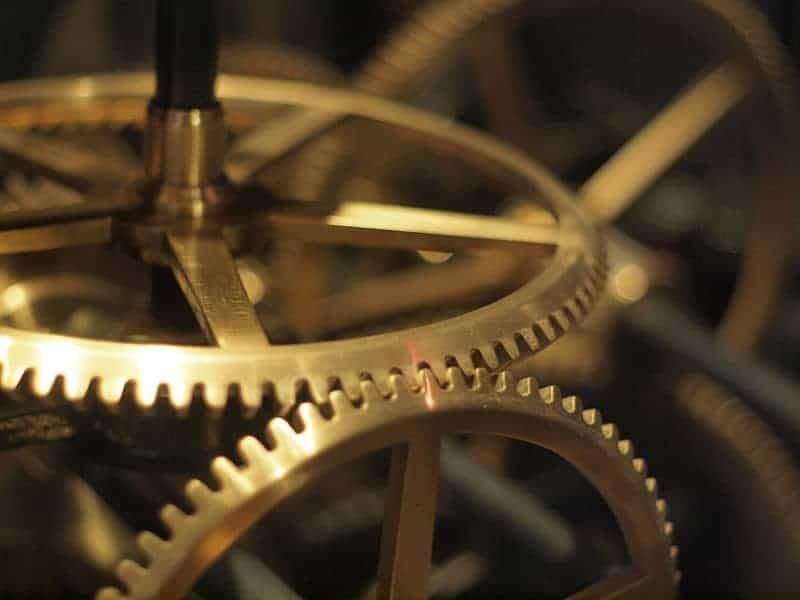
Roles in the addicted family system are changed when there is an alcoholic/addict in a family system. The family typically adapts to the chemically dependent person by taking on roles that help reduce stress, deal with uncertainty, and allow the family to function within the craziness and fear created by the alcoholic/addict.
There is a problem with taking on these roles. While they tend to reduce stress, they do not reduce anxiety. Instead, they allow the alcoholic/addict to continue in his or her behavior. These patterns are developed for survival so that the family members believe they are reducing the stress added into the family system. The following are roles that family members often take on in these relationships.
The Enabler – The Enabler is a family member who steps in and protects the alcoholic/addict from the consequences of his or her behavior. The motivation for this may not be just to protect the alcoholic/addict but to prevent embarrassment, reduce anxiety, avoid conflict or maintain some control over a difficult situation. The Enabler may try to clean up the messes caused by the alcoholic/addict and make excuses for him or her, thus minimizing the consequences of addiction.
The Hero – The Hero is a family member who attempts to draw attention away from the alcoholic/addict by excelling, performing well, and generally being “too good to be true.” The Hero has a hope that somehow his or her behavior will help the alcoholic/addict to stop using. Additionally, the Hero’s performance-based behavior helps to block emotional pain and disappointment.
The Scapegoat – The Scapegoat is a family member who creates other problems and concerns in order to deflect attention away from the real issue. This can be through misbehavior, bad grades, or his/her own substance use. Oftentimes, the Scapegoat is very successful at distracting the family and others from the addicted individual.
The Lost Child – The Lost Child is a family member who appears to be ignoring the problem completely. There could be a fight, with yelling and screaming, and the Lost Child will be absent or secluded from the situation. They are often perceived as the “good” child because much time is spent alone with books or involved in isolated activities. While the Lost Child will not be successful at drawing attention away from the family problem, he or she is able to avoid stress personally.
The Mascot – The Mascot attempts to use humor as a means to escape from the pain of the problems caused by addiction. He or she will often act out by “clowning around,” cracking jokes, or making light of serious situations. While the Mascot can certainly help lighten up a desperate situation, the real intent is to ease tension, keep the peace and serve as a distraction. Many comedians come from dysfunctional homes.
